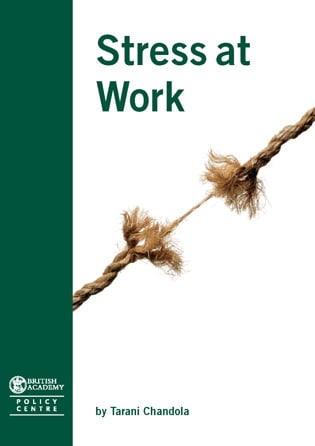One of the first OHS trade exhibitions for 2011 in Australia starts today. Exhibitions like Safety In Action are the best opportunities for many health and safety professionals, representatives and students to update their product knowledge. It is usually here where one finds out about non-steel capped safety footwear, new fall harnesses or the latest interlock devices. But do these innovative products needs to be promoted by scantily clad women as in the picture on the right?
 This has been a constant annoyance at trade exhibitions for some time and, in fact, some exhibitions in Australia in 2010 received complaints about this type of promotional strategy. Scantily clad women do attract the attention of potential clients, particularly in male-dominated industries, but there is considerable debate about whether the strategy promotes the product or the breasts. Continue reading “Is this how safety should be promoted?”
This has been a constant annoyance at trade exhibitions for some time and, in fact, some exhibitions in Australia in 2010 received complaints about this type of promotional strategy. Scantily clad women do attract the attention of potential clients, particularly in male-dominated industries, but there is considerable debate about whether the strategy promotes the product or the breasts. Continue reading “Is this how safety should be promoted?”

